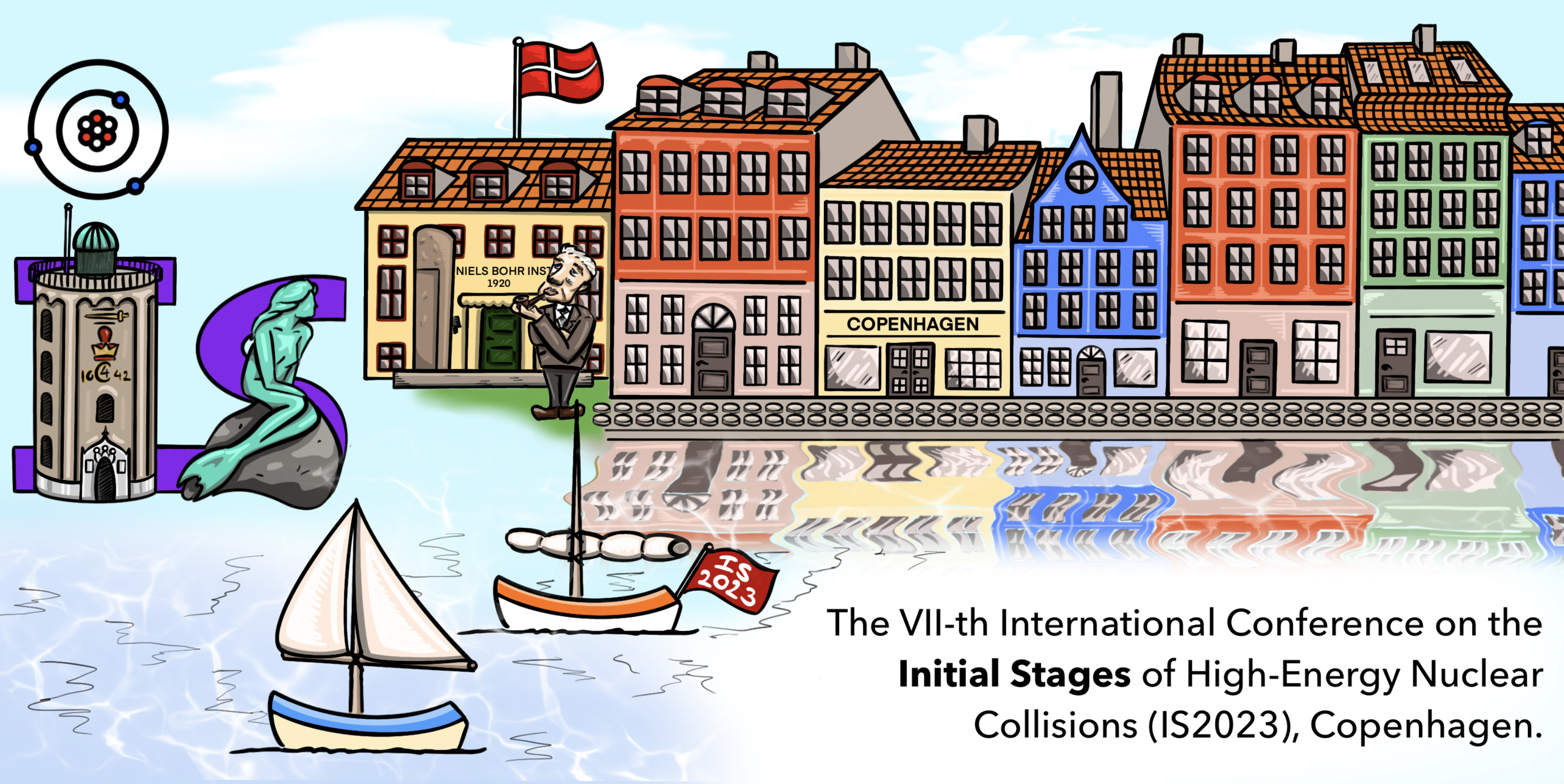Speaker
Description
It is a fundamental question to understand what is the effective carrier of conserved quantum charges inside a proton at high energy. The net baryon and electric charged rapidity distributions in relativistic heavy-ion collisions can elucidate how different flavors of conserved charges are transported along the longitudinal direction during the collisions. Recent isobar collisions at the Relativistic Heavy Ion Collider (RHIC) allow for quantitative measuring the net baryon and electric charge rapidity distributions.
In this work, we develop a comprehensive (3+1)D relativistic hydrodynamic framework with multiple conserved charge currents. We employed the 3D MC-Glauber model as initial conditions, which allow for modeling additional stopping for net baryon charges than the electric charges according to the string junction picture. Simulating the coupled propagation of net baryon and electric charge currents with their dependence in lattice-QCD based equation of state, we study how net baryon and electric charges are evolved during different stages the heavy-ion collisions. We make predictions of net baryon and net electric charge rapidity distributions for Ru+Ru and Zr+Zr collisions at $\sqrt{s_\mathrm{NN}}=200$ GeV, which can be compared with the upcoming STAR measurements.
| What kind of work does this abstract pertain to? | Theoretical |
|---|---|
| Which experiment is this abstract related to? | STAR |
